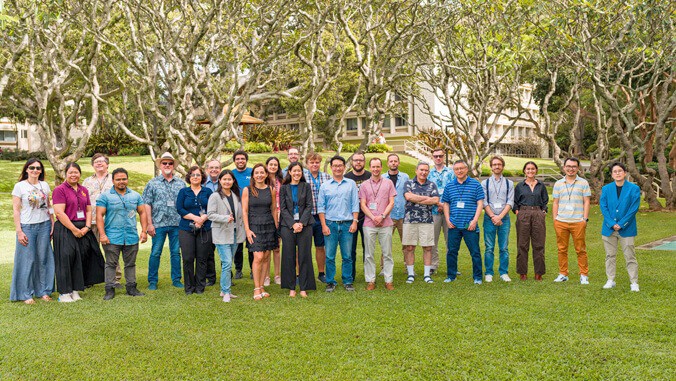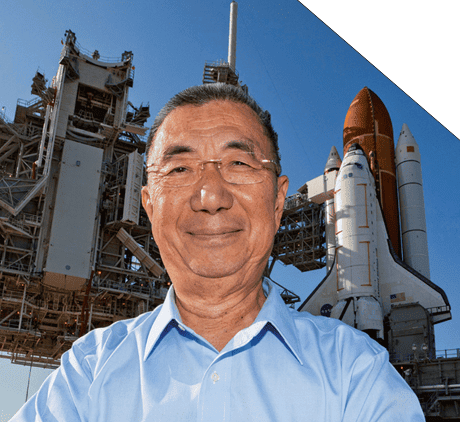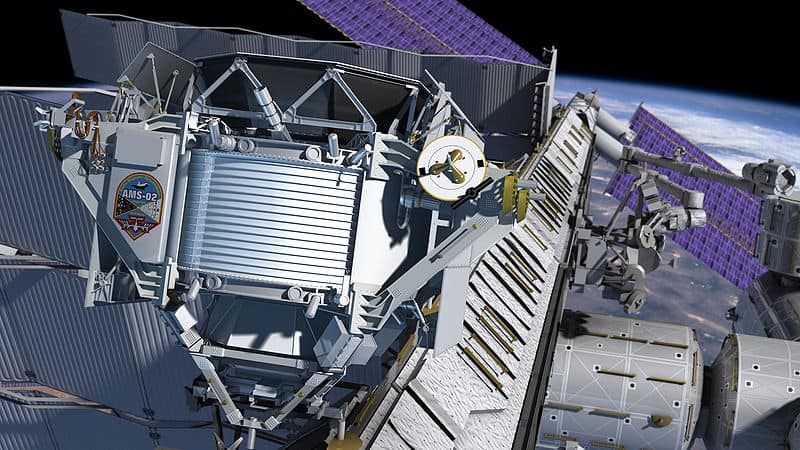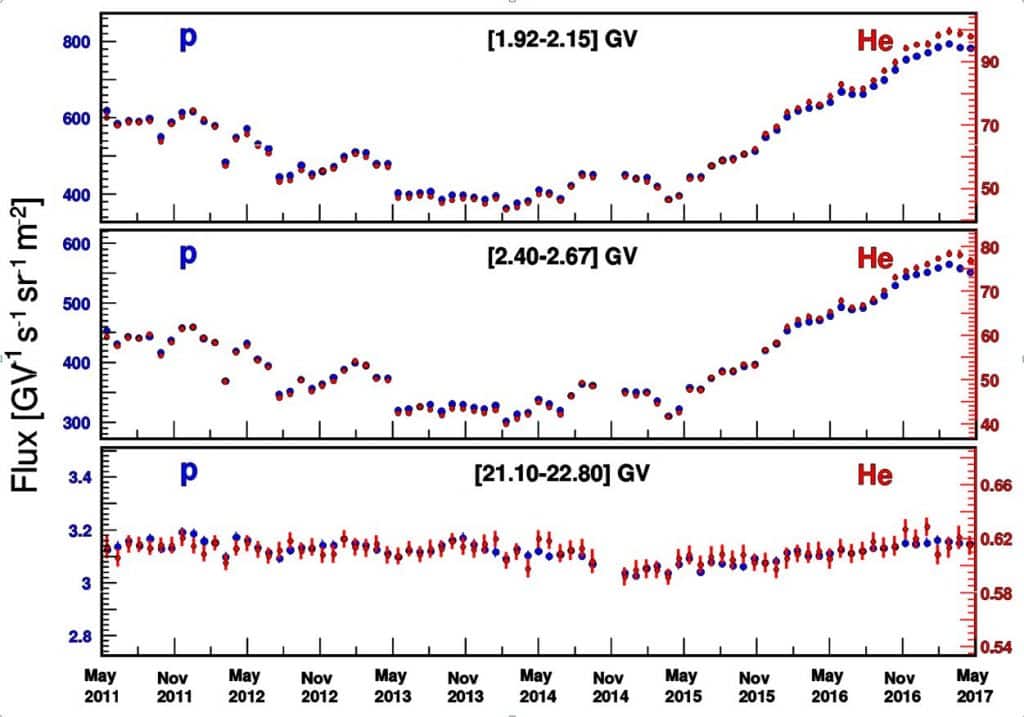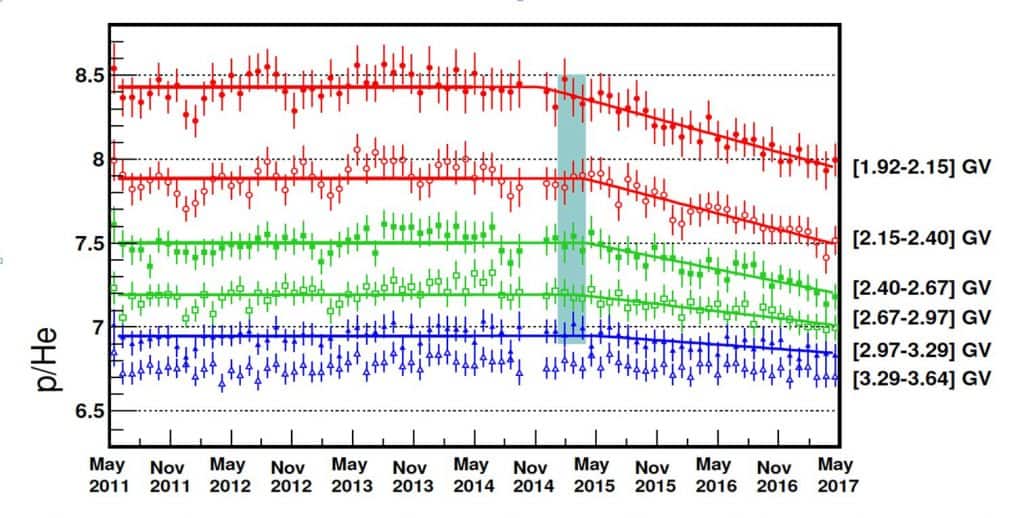AMS02
Latest results from AMS uncover secrets of the heliosphere and the cosmos
Latest results from AMS uncover secrets of the heliosphere and the cosmos
A unique and unexpected scientific result from Professor Veronica Bindi and her team in the Physics department of the University of Hawai’i at Mānoa has been published in Physical Review Letters in July 31, 2018 (DOI: 10.1103/PhysRevLett.121.051101).
Dr. Bindi said ”It is so rewarding when, after years of study, you find something new and unexpected that challenges your beliefs. It makes you review our current understanding of the field, and it moves scientific knowledge forward”. Dr . Bindi also added “We want to thank our sponsors, especially the NSF (NSF CAREER grant NSF AGS-1455202) and Wyle Laboratories, Inc. (grant NAS 9-02078) for supporting us and giving us the opportunity to perform this important research
More details on Dr. Bindi and her team can be found at: bit.ly/amshawaii
This work has been sponsored by:
- Wyle Laboratories, Inc. grant (NAS 9-02078)
- NASA DATA base grant
- Heliophysics Living with a Star (NNH14ZD001N-LWS)
- NSF CAREER grant (NSF AGS-1455202)
Two UH Physics Professors celebrate five years of data taking on the International Space Station
Two UH Physics Professors celebrate five years of data taking on the International Space Station
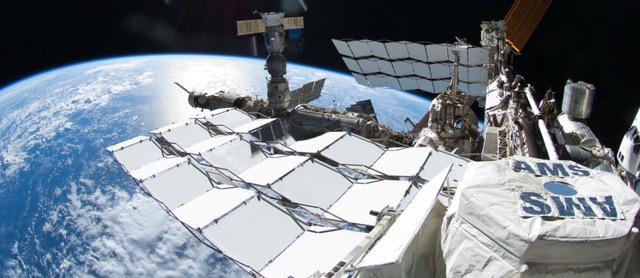


The Alpha Magnetic Spectrometer (AMS), which includes the work of University of Hawaiʻi at Mānoa faculty members and students, presented its major scientific results to date from the first five years of experiments on the International Space Station. AMS is a Department of Energy high-energy physics experiment for the spectroscopy of cosmic rays.
AMS researchers at UH Mānoa include Department of Physics and AstronomyAssociate Professor Veronica Bindi; Assistant Professor Philip Von Doetinchem; postdocs Christina Consolandi, Amaresh Datta and Matteo Palermo; PhD students Claudio Corti, Travis Nelson and Katie Whitman; and other undergraduate students.
Bindi’s main research topics are the study of Dark Matter, Cosmic Rays, Solar Physics and Space Radiation. Since 2002, she has been part of the team at CERN that led the construction, integration and testing of AMS. She is the PI of two grants, one funded by the NASA Space Radiation Group involved in the future manned mission to Mars and an NSF CAREER Award to study Solar Energetic Particles with the AMS experiment. The major results from her research group are shown in the “Solar Physics” paragraph of the attached press release. In summary, they analyzed cosmic ray fluxes of different particle species continuously over five years of AMS operation, showing with unprecedented accuracy how these particles are affected by the solar activity. Furthermore, they proved that positive and negative particles show a different behavior related to the change of the solar magnetic field polarity. This intriguing result, never observed before in such detail, will require improvements of theoretical models to be understood.
Doetinchem joined the AMS collaboration more than a decade ago in 2003 and has been an Assistant Professor at UH Mānoa since 2013. He was involved in the experiment development and testing before the launch and his group is currently conducting the challenging search for a very rare species of cosmic rays that has yet to be found: antideuterons, which are composed of the antiparticles of the proton and neutron, known as the essential building blocks for every known element. A first-time detection of antideuterons in space is a particularly promising way to learn more about the mysterious dark matter, which is more than five times more abundant than the matter that the solar system and stars are made of. Doetinchem received an NSF CAREER award in 2016 for exactly this study with the AMS experiment. Furthermore, he is involved in additional experimental efforts to tackle other aspects of the same question and is part of the team that was just selected from NASA to build the new General AntiParticle Spectrometer (GAPS) experiment.
For more information, visit: http://natsci.manoa.hawaii.edu

